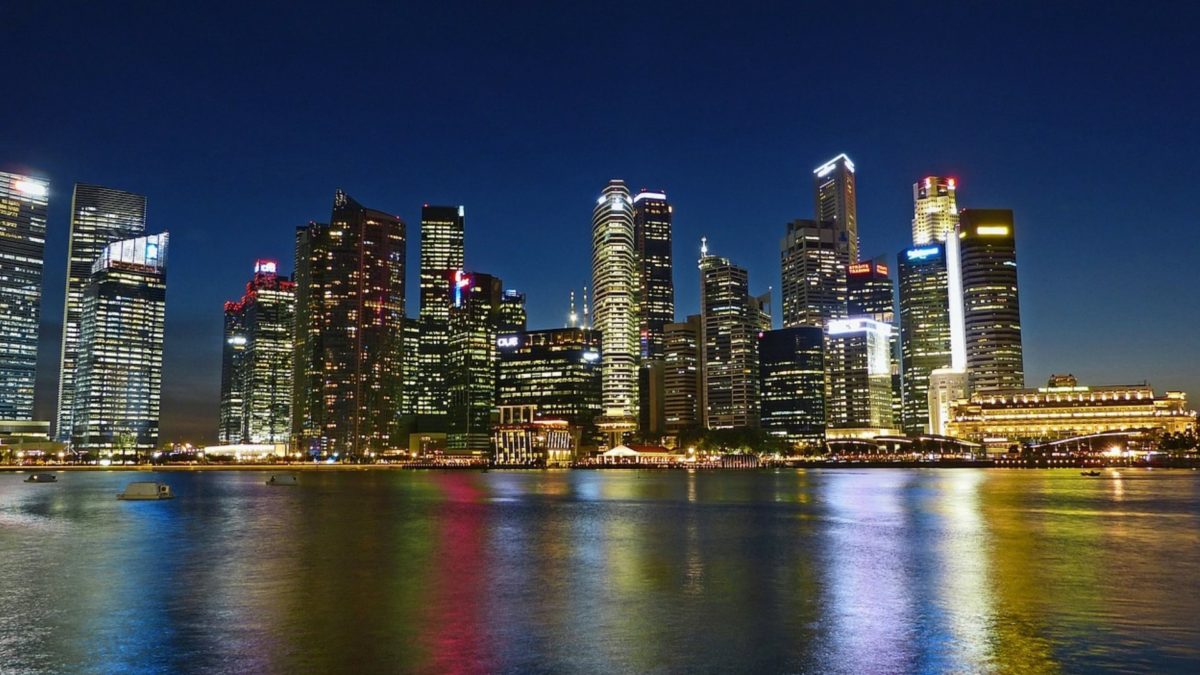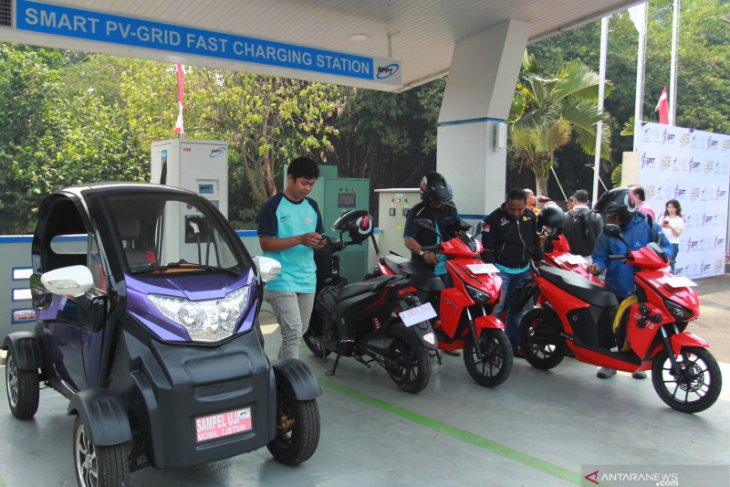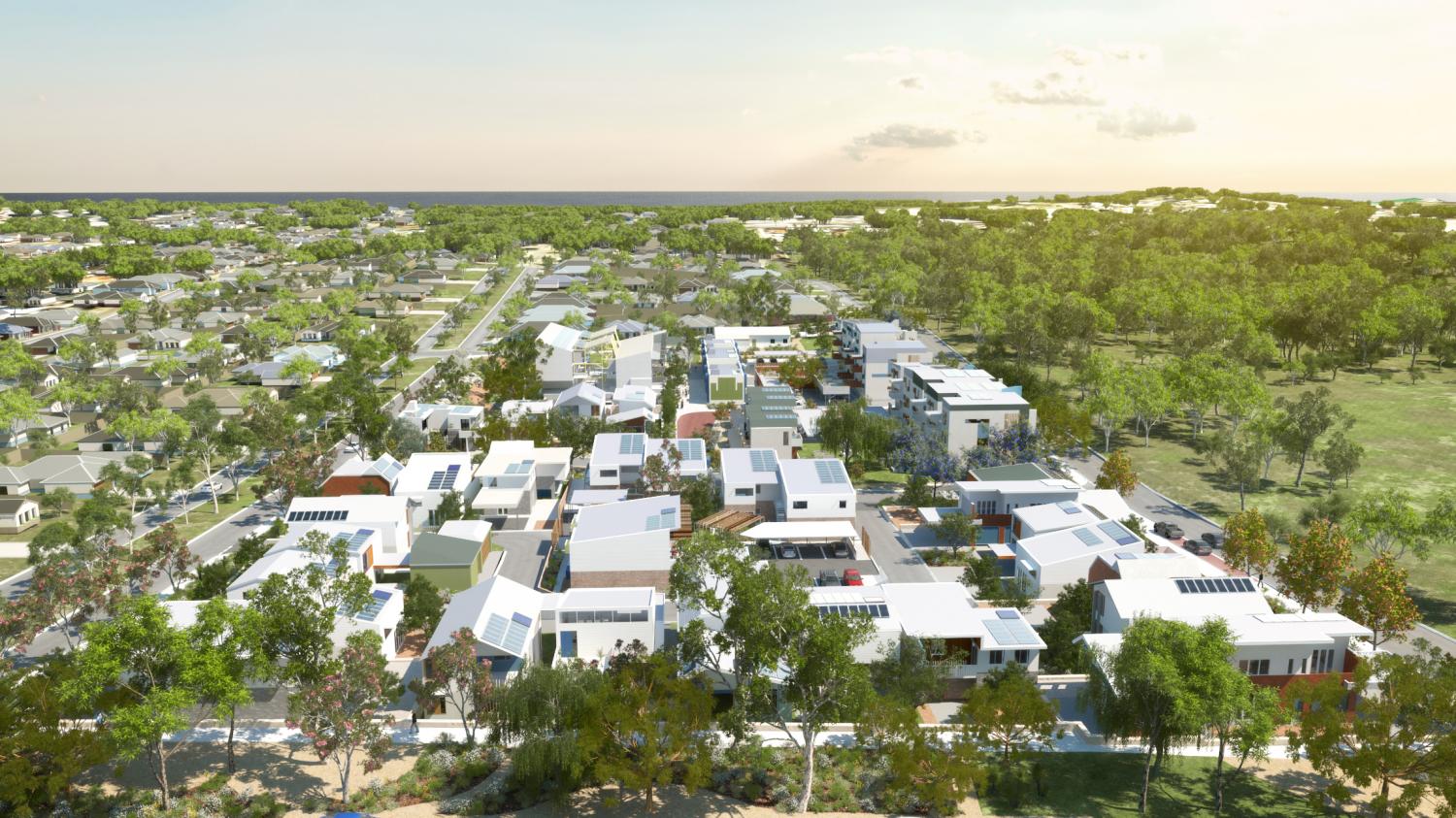- Energy Economy
–
- Malaysia
KUALA LUMPUR: CIMB Bank Bhd today launched its renewable energy financing for micro, small and medium enterprises (SMEs) in Malaysia, part of its RM15-billion SME allocation for 2019-2020 and CIMB Group’s sustainability commitment.
The programme was launched at CIMB’s The Cooler Earth Sustainability Summit, witnessed by Energy, Science, Technology, Environment and Climate Change Minister Yeo Bee Yin here.
CIMB Bank has allocated RM100 million to the CIMB SME Renewable Energy Financing programme.
One of the first initiatives under this programme is to provide smaller SMEs with full financing to cover the cost of solar photovoltaic (PV) systems and installation on their rooftops.
The financing initiative offers packages from as low as RM20,000 and up to RM1 million, in support of the government’s Net Energy Metering (NEM) scheme, whereby excess energy can be exported to the national grid.
CIMB Bank said SMEs need to first obtain the NEM approval from Sustainable Energy Development Authority (SEDA), to be eligible for CIMB’s Renewable Energy Financing.
The financing initiative provides a practical solution to enable even the smaller and micro SMEs to purchase solar PV systems to save on their electricity bills, and contribute to planet earth’s well-being.
“With the CIMB Renewable Energy Financing, we are pleased to be able to incorporate environmentally friendly policies into our commitment to the SME sector.
“Our planet is at a tipping point, from an environmental, economic and social (EES) perspective, and we must take action now.
“To that end, members of the banking and finance industry can and must leverage on our resources and network to catalyse real lasting change across these fronts, and to begin pursuing profits with a purpose,” said CIMB Group chief executive officer Tengku Datuk Seri Zafrul Aziz.
Apart from the SME Renewable Energy Financing, CIMB Group has also taken other steps to fulfill its commitment to Sustainability, a key pillar in its current growth strategy.
These include launching its Group Sustainability Policy and Sustainable Financing Policy to guide decisions on operations and lending policies to ensure positive EES impact.
Besides that, CIMB is one of 30 founding member banks and the only Asean banking group that helped draft the UNEP-FI’s Principles of Responsible Banking, currently supported by 130 signatory banks globally.
On September 30, 2019, CIMB also announced that it had successfully priced its US$680 million SDG bond, the proceeds of which will be channeled to various impactful sectors that serve seven of UN’s Sustainable Development Goals (SDG’s) that CIMB Group has committed to.
The two-day Cooler Earth Sustainability Summit, held on October 1 to October 2, 2019, is CIMB’s first-ever regional platform to raise awareness on social and environmental risks and opportunities within the context of business and finance in shaping a sustainable economy.
It was organised in collaboration with knowledge partners, WWF and sustainability consultancy, Impacto and saw a gathering of more than 1,000 business leaders, financiers, investors, policy-makers and regulators who engaged openly in a transparent and constructive forum aimed at catalysing action from all stakeholders to begin or enhance their sustainability journey by embedding EES considerations in their strategies.
By the end of day one, delegates had gained compelling insights and ideas on the role of business in catalysing sustainable development.
There was also consensus on ‘the urgent need to mobilise action’ to respond to climate emergency and manage businesses’ social and environmental impact better.







